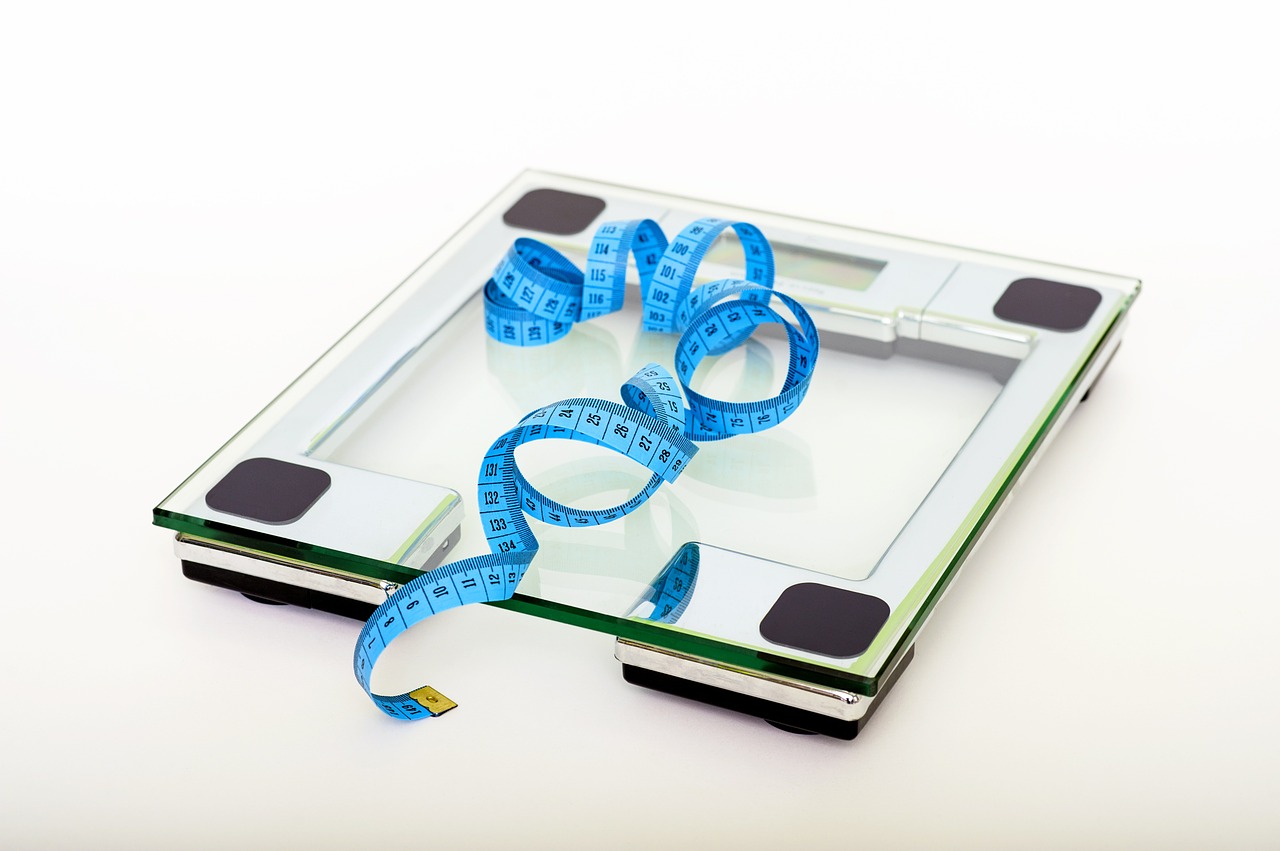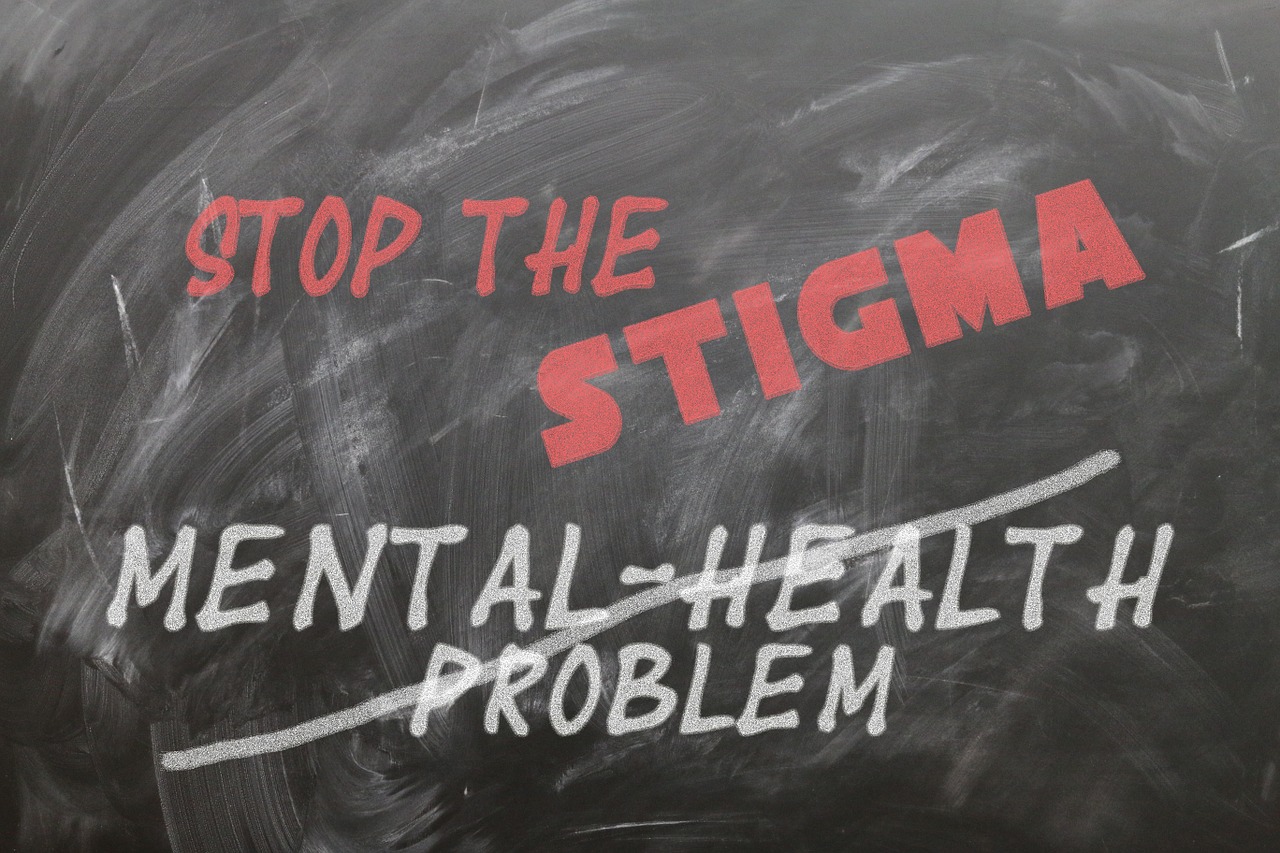Eating disorders are some of the deadliest mental illnesses.
Yet, the concept remains riddled with stigma, stereotypes and a lack of progressive action.
An opinion piece in today’s Toronto Star highlights the alarming fact that data on eating disorders was absent from a major biennial Ontario mental health survey released last month.
The Ontario Student Drug Use and Health Survey questioned thousands of students from Grade 7 to 12 and was conducted by the Centre for Addictions and Mental Health (CAMH). It contains 600 pages of findings related to adolescent mental health.
However, not a single question was asked about eating disorders.
The authors of the Toronto Star piece argue that the omission of eating disorders from the province-wide comprehensive screen of mental health issues “perpetuates the misperception that eating disorders are so rare that they do not require our attention.”
And they’re right.
“Without data, there is no imperative to address prevention and treatment needs. Currently, mental health programs barely provide token treatment for people with eating disorders and more typically, find ways to formally, or informally, exclude patients with eating disorders from access to treatment for other mental health disorders that they provide for everyone else,” the authors write.
As they point out, CAMH isn’t the only culprit: neither provincial nor federal government agencies track the rates of eating disorders or their associated mortality rates in the way that they do for other medical or mental health disorders.
As The Star piece highlights, we currently can’t even track the frequency at which family doctors treat patients with eating disorders because Ontario lacks any diagnostic codes for the purpose.
“We know less about eating disorders than almost any other mental health disorder, however, we make no significant funding available for research or treatment development,” they write.
That’s pretty alarming when you consider that eating disorders can lead to anything from impaired brain function and dental decay, to kidney failure and cardiac arrest. Just last month, a new study published in the International Journal of Eating Disorders linked adults and adolescents with binge-eating to increased risk of suicidality.
This brings me to my one issue with the Toronto Star piece: the authors categorize eating disorders as “a life-threatening group of disorders that are common only in girls.”
Sure, teenaged girls may be the most affected demographic when it comes to eating disorders (as the authors point out, they occur in about 17% of teenaged girls and are the most fatal of mental health disorders in this group), but, in examination of the current situation, we also need to recognize the growing number of adult females and males who suffer.
In the past few years, doctors have noticed a spike in the prevalence of eating disorders in women in their late twenties, thirties, and forties.
This makes mental health treatment, access, and understanding in relation to eating disorders even more imperative.
If left untreated, eating disorders bred in adolescent angst can become lifelong battles for many females. I’ve seen it happen. An eating disorder is not always something you “grow out of.” According to research from the National Association of Anorexia Nervosa and Related Disorders (ANAD), only 50 per cent of people who suffered from eating disorders in their youth report being “cured in adulthood.”
As people get older and life gets harder, it may not take long for a buried eating disorder to resurface as the result of a traumatic trigger.
But in some cases, the internet may be the only trigger needed. Our youth-obsessed culture – in which 30 is the new 20 and 40 is the new 30, not to mention the whole ‘MILF’ phenomenon – results in more pressure for women over 30 to look the part.
Young-looking = thin. At least in the eyes of many women.
The Renfrew Center, a renowned eating disorder treatment center in the US, reports that the number of middle-aged patients increased by 42 per cent between 2001 and 2010.
The irony is that, despite the empowerment offered by the body positivity movement – which has resulted in everything from plus-sized models gracing the pages of Sports Illustrated to viral social media campaigns – our society remains more image-focused than ever.
Things like Botox, lip injections, and plastic surgery are no longer reserved for Hollywood, and a growing number of photo editing apps let you smooth and chisel your appearance with just a few swipes.
This social media-fuelled image-obsession happens simultaneously with the body positivity movement.
Since we’re on the subject of stereotypes and body image, let’s talk about the men: like adult women, they too are affected by eating disorders and our image-focused culture” are ridiculed. I have known more than one man who has suffered from an eating disorder (including bulimia). Consider the stats: Recent studies suggest that 25 per cent of eating disorder cases in Canada occur in young boys and men.
The point being: the lingering stereotype of the anorexic adolescent girl is almost as harmful as the overall stigma surrounding eating disorders.
Although scientists and psychologists have made strides in detecting and treating teenage eating disorders before the condition becomes chronic, the same can’t be said when it comes to effective treatment for adults. Treatment advances simply aren’t reaching adults with anorexia.
But it’s so important.
First of all, many have been sicker for longer, having developed deep psychological habits that are so ingrained that they are difficult to break. Not to mention, their life responsibilities and schedules demand different forms of treatment than that of a teenaged girl.
But perhaps the biggest problem with the ‘teen girl with an eating disorder’ stereotype is the fact that it may discourage those who fall outside of the demographic from seeking help due to shame or embarrassment. After all – as opposed to a teenaged girl who may be forced into therapy by her parents – the decision to seek treatment is entirely their own.
It’s clear that while society has come a long way in terms of its attitudes towards mental health, there is still a lot of work to be done.
[ad_bb2]












